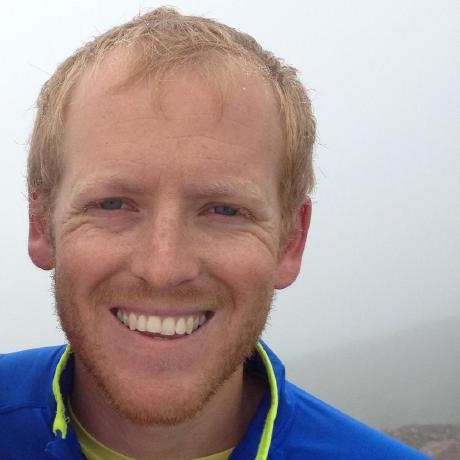I have competed in a couple of Kaggle contests in order to learn R and work on real world data sets. I entered both the Telemetry challenge and also the Otto Classification challenge. In both of these projects, I learned a great deal about how to properly use R and document work. It is easy in a exploratory setting to make a mess of a workspace. I am currently applying those techniques to 2 ongoing Kaggle contests and will post code when they are completed.
Telemetry challenge
This was a contest where the goal was to determine if a given set of telemetric data belonged to a driver in question. The idea was that given 200 routes of a “single” driver, you were to determine which of those 200 were not actually driven by the driver stated. I tackled this problem with a bit of the knowledge I gained mapping routes from runnDAILY. I was able to apply a number of vector based translations in order to normalize the routes. From there I implemented a script that could determine how similar a set of routes were based on the delta between points in the route. The deltas were used to feed a hierarchical cluster using single linkage to determine which ones belonged to the same group.
I had a good time working on this project. The only downside was the size of the data did not mesh well with a first project and learning R. It took several hours on my hardware to process the entire data set which made it difficult to test and rerun. In the future, I will doing the heavy lifting with AWS.
Kaggle page for the contest Code and efforts at GitHub
Otto product challenege
This was a Kaggle challenge that was focused on classification of a number of different products into 9 overall categories given a large table of information about each item. My work on this was limited to implementing a neural net based classifier with no attempts at optimization. I did not have the free time I expected to dig in to this contest. I did a bit of work visualizing the data set using R and ggplot2.
Kaggle page for the contest Code and efforts at GitHub
